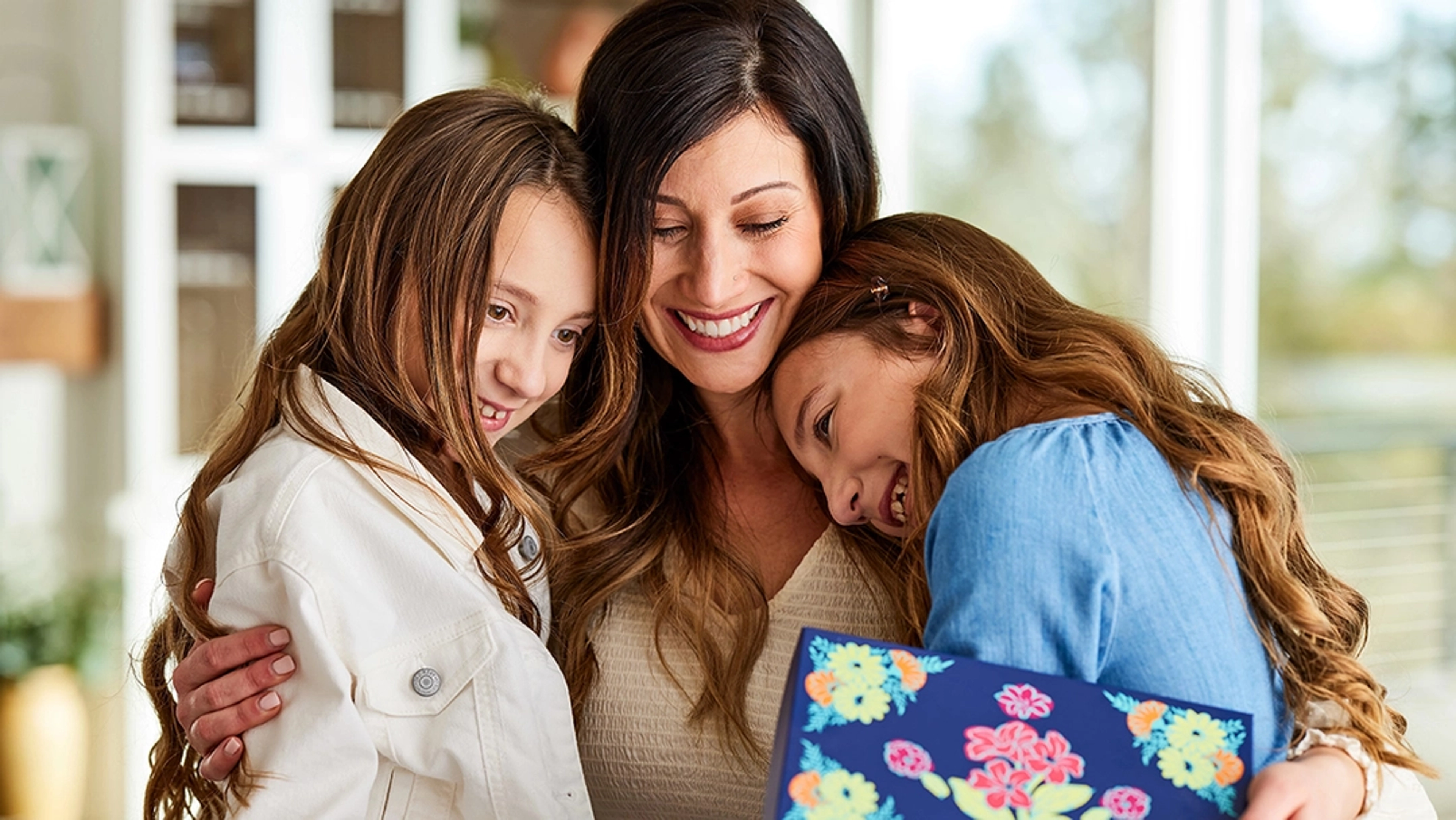Gift History: How Giving Makes Us Human
In this history of gift giving, see how presents are central to who we are and how we've survived.
May 04, 2022
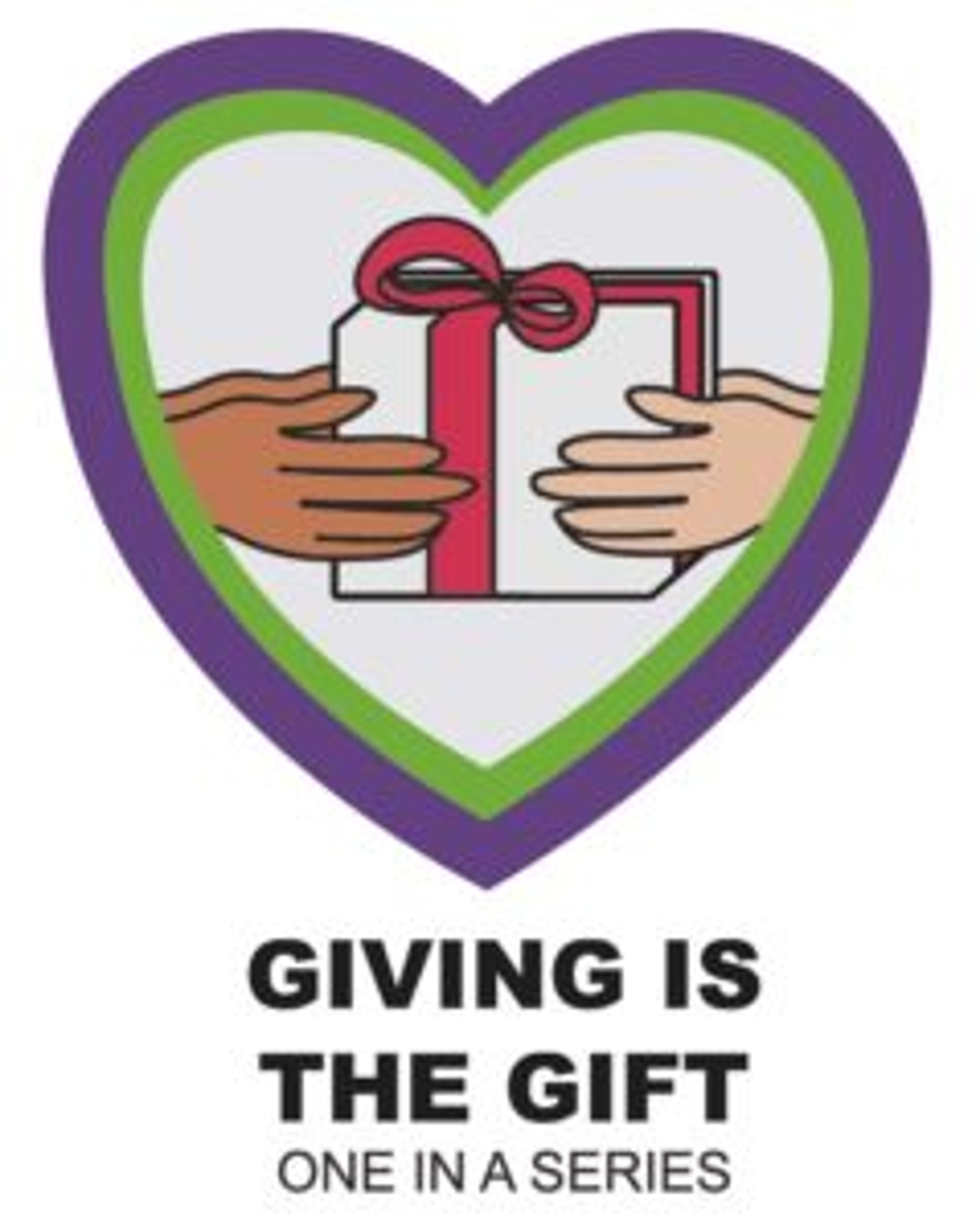
In the grand scheme of human behavior, exchanging gifts may seem a pleasant triviality.
But ask a scientist. Without gifts, we wouldn't be here.
Consider: Back in prehistoric times, there were several different hominids – or human-like animals, including the Neanderthals. None of those earlier species survived.
“They were all pretty smart," says Mark Williams, Ph.D., professor of cognitive neuroscience at Macquarie University in Australia. "In fact, the Neanderthals had a slightly larger brain than Homo sapiens."
What Neanderthals didn't have, however, was a certain gift...for gifting. Despite Homo sapiens' smaller brains, they were far more adaptable in ways that directly contributed to their survival. One important area involved forming bonds with other members of a group.
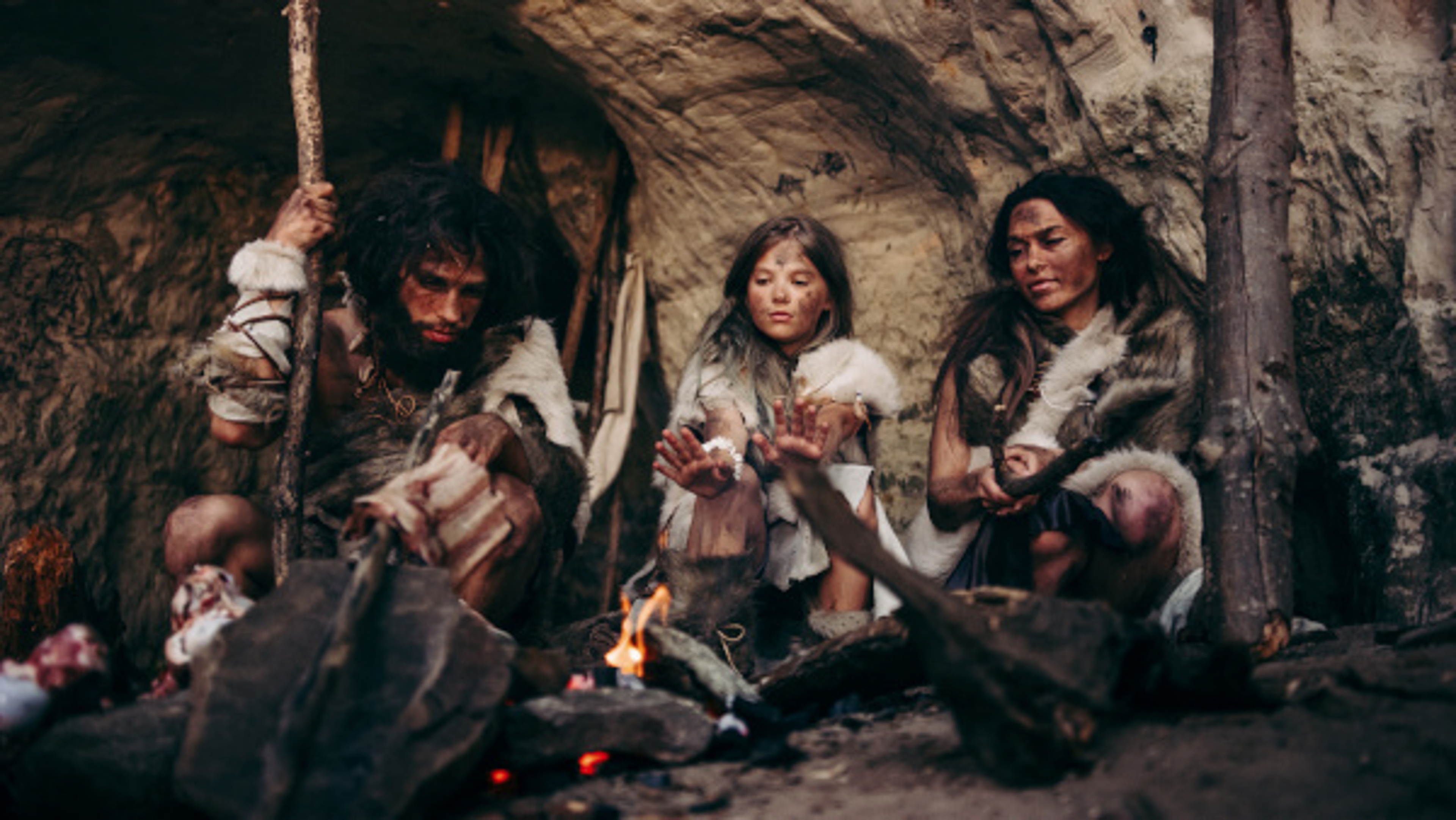
“Gift-giving was a major part of that. It has changed through the millennia, but it's really still the same thing today," says Williams. “It's about establishing connections between individuals so that we can cooperate with one another and work together productively, and gifts can facilitate all of that."
In other words, it's central to who we are, and how we've survived, and thrived.
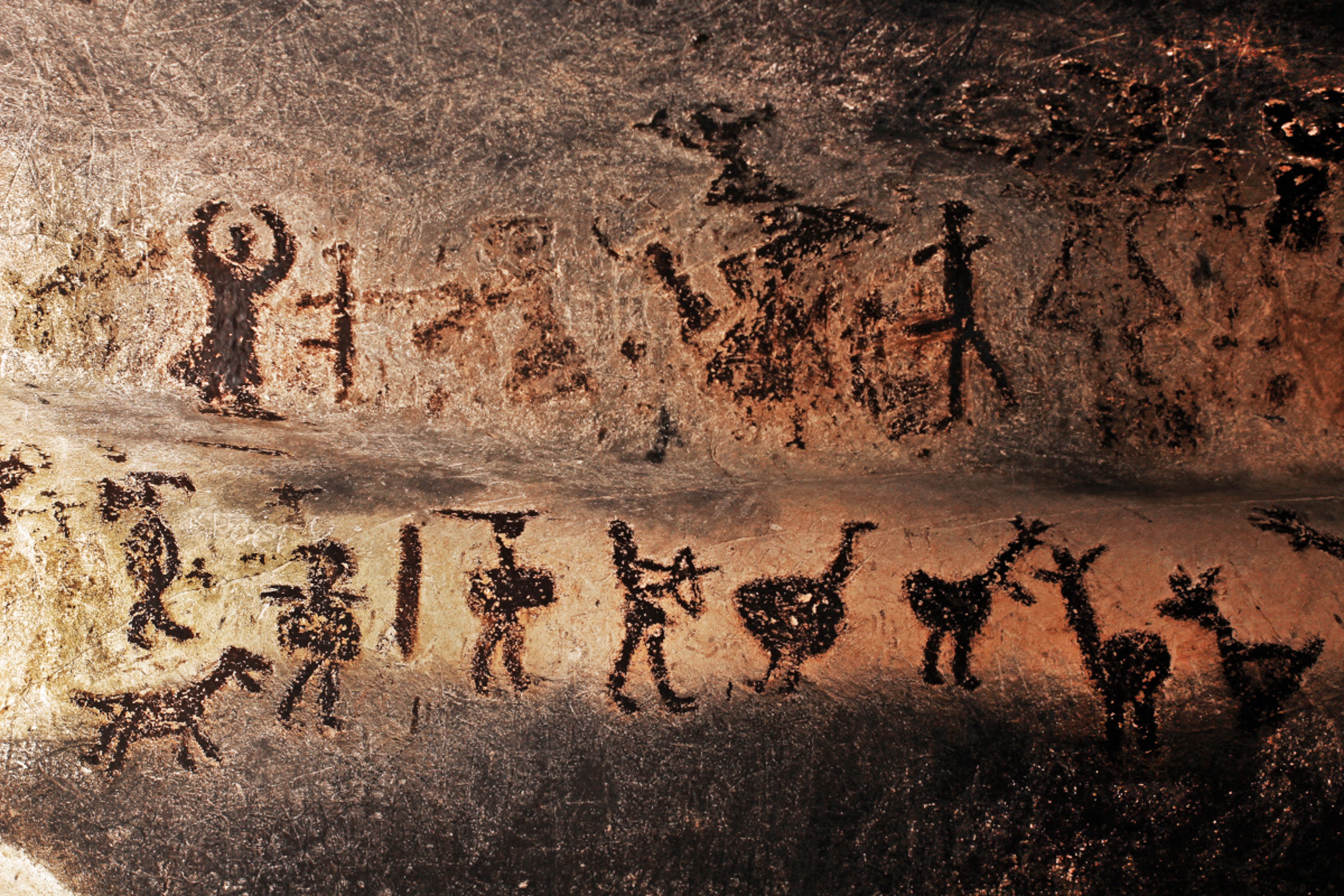
Early gift exchanges
Originally, it worked like this: You went out hunting, killed an antelope and had extra meat. You gave some of that meat to other members of your tribe, and that created a bond between you. Then the next time they went hunting, they gave you the maximum return that they could.
“So that bond became stronger. You continued to collaborate in that way, and then maybe you went hunting together and did other things together," Williams says.
Daily gift exchanges were also central to the connections between prehistoric men and women.

“When we were basically hunter-gatherers, men would have done most of the hunting, going after the antelopes, etc., and women would have done most of the gathering, digging up tubers and the like, with the two sexes then exchanging or sharing these gifts," says Williams.
“Those probably would have been the first gift exchanges, because they were the first things they had to exchange. And those gifts would have helped cement those important relationships."
With time, these exchanges grew more sophisticated – swapping tools to build shelters or using these same tools to create jewelry for one another. “Maybe a male, rather than giving a woman an ax, would make a small piece of jewelry for her as a sign that they were in a relationship or that he appreciated her."
And this level of gift-giving essentially led to the kinds of gift-giving that go on between us today. “Millions of years later, maybe we don't share antelopes, but we give each other gifts to show we appreciate someone for what they've done, and they give us gifts to show they appreciate what we've done. And that builds really strong relationships."
Pagan times
Native Americans practiced a gift-giving feast called Potlatch for thousands of years for occasions varying from births and deaths to weddings. Attention was always focused on the gift-giver rather than the receiver.
“The ceremony intended to reaffirm the status of the gift giver, with the giving of expensive gifts being a sign of their wealth and power," writes Kat Whittingham in “The History of Gift-Giving." “This made gift-giving very important for the social hierarchies in Native American civilizations."
The most advanced civilizations adopted these practices as well. The Romans, the Egyptians, and the Greeks before them gave gifts to one other to formalize relationships.
“This very good habit of gift-giving was an intricate part of their societies," says Williams. “They gave each other very elaborate gifts." It began with everyday citizens giving to everyday citizens within a society, but then it went across societies from ambassador to ambassador, king to king, pharaoh to pharaoh.
The beginnings of Christmas gift-giving
In the Bible's account of the gifts of the magi, with three pagan kings bringing gifts to the newborn Christ, we see the start of gift-giving from the pagan eras being incorporated into the Common Era and Christmas gift-giving.
This idea of gift-giving kept evolving and shifted into social high gear with the advent of Santa Claus. The original model for Santa Claus was various versions of St. Nicholas, usually traced back to the Netherlands or Germany in the fifth or sixth century; one version, says professor Williams, had St. Nicholas leaving gifts for good children on their doorsteps and chunks of coal for bad children.

All these beliefs coalesced in the famous 1823 poem, “The Night Before Christmas," says Stephen Nissenbaum, professor of history emeritus at the University of Massachusetts at Amherst and author of The Battle for Christmas.
Very early in the game, this version of Santa started being commercialized, advertised by merchants as a lure to bring parents into shops to buy presents for their kids. Where earlier gift-giving rituals involved giving to the poor, “This ultimately replaced giving down across class lines with giving down across generational lines, producing the familiar modern domestic gift-giving Christmas ritual we have today."
Birthday gifts
It wasn't until the 19th century that birthday gifts to children, once the province of royalty and the very rich, fully caught on among ordinary citizens. “It reflected the fact that kids were becoming much less likely to die in childbirth, so you could afford an attachment to them that was riskier before the 19th century," notes Peter Stearns, Ph.D., a professor of history at George Mason University in Fairfax, Virginia.
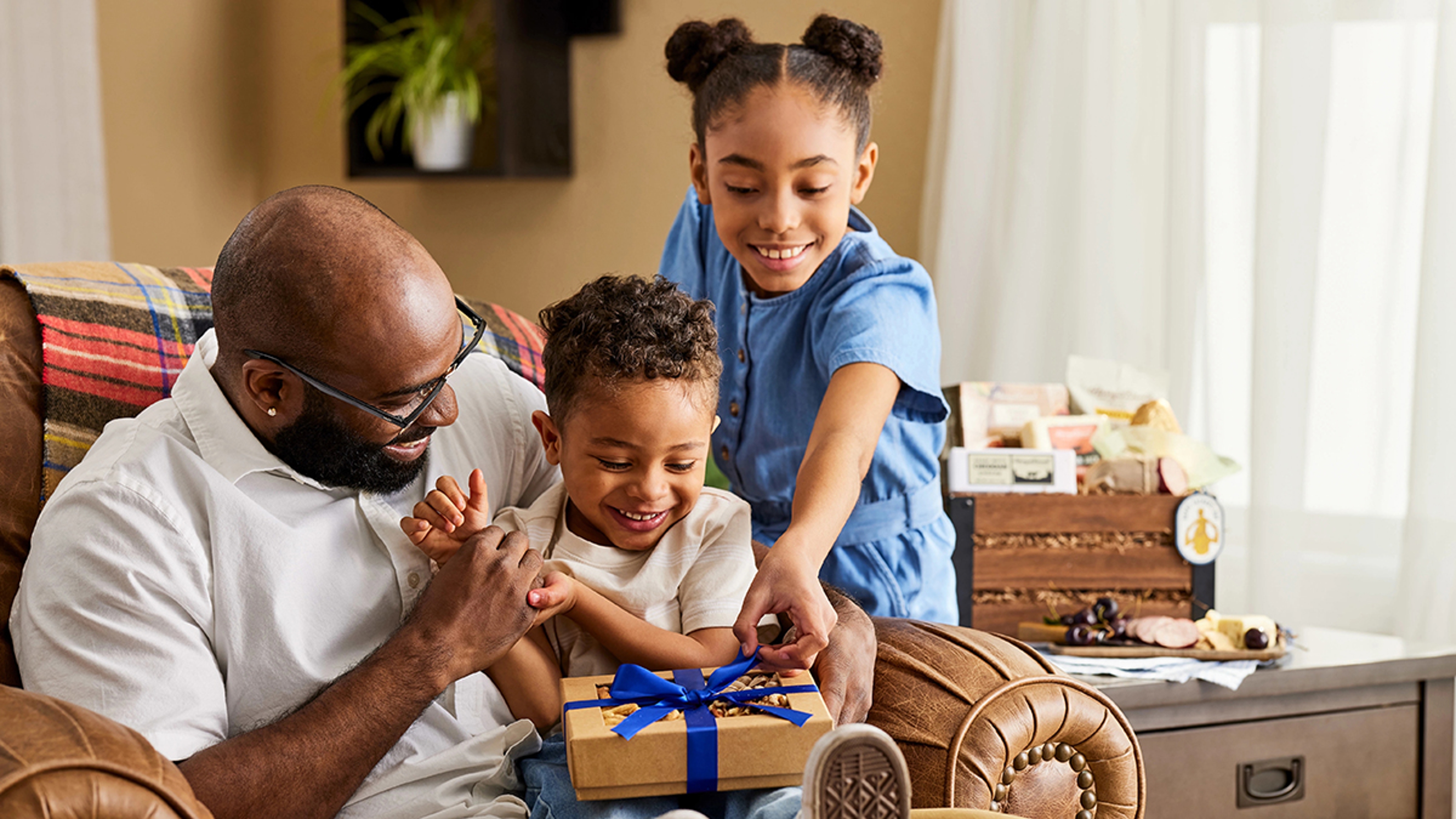
The earliest birthday gifts were initially pretty modest, often a Bible or relatively simple items of clothing.
“The first known birthday in the United States was celebrated in 1772, for a seven-year-old girl in a wealthy family in Boston," Stearns says. "By the 1830s and 1840s, it's pretty clear that some kind of birthday celebration for kids was becoming increasingly known in middle-class families. It involved a small party, and cake became increasingly important, but fruit was served as well."
It wasn't until the 20th century that birthday gifting became more popular. By then, many other occasions were being built around gift-giving as well, from Mother's Day and Father's Day to weddings, bar mitzvahs, and Valentine's Day.
To Give is Human
In this way, we have found a way to break up the quotidian monotony that life can sometimes devolve into, and to allow ourselves special, memorable, heartfelt occasions throughout the year.
So if finding the right gift for Uncle Ned seems a chore, keep in mind: without gifts, we likely would have gone the way of the Neanderthals.
And anyway, it's not that hard. Ned loves pears.
.svg?q=70&width=384&auto=webp)





